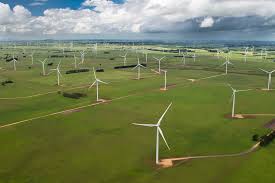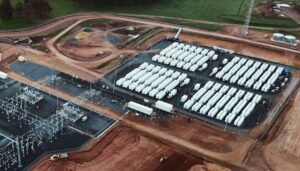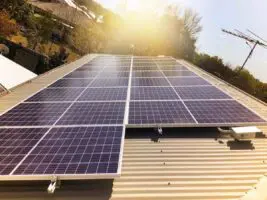The rapidly changing nature of Australia’s coal-fired electricity grid has been highlighted by a new report from the Australian Energy Market Operator, which reports that all new electricity generation proposals received in the last 12 months have been either for large scale wind farms or solar facilities.
In its annual assessment of Energy market opportunities (known in the industry as ESOO, or Electricity Statement of Opportunities), AEMO notes the pivotal of renewable energy sources in the National Electricity Market, and in particular the influence of rooftop solar.
In the past year, the building out of residential rooftop solar totaled 774MW across the NEM (which includes the eastern states and South Australia, but excludes WA, the Northern Territory,Mt Isa and other isolated networks). Solar analysts expect a similar amount of rooftop solar to be installed in 2013/14, despite the removal of most subsidies.
This compares with 522.7MW of new large-scale generation that came online in 2012/13, most of which (439.5MW) came new wind energy facilities – including the 420MW Macarthur wind farm in Victoria), along with 60MW from a coal plant expansion and 39MW from two co-generation and landfill gas facilities.
Of the 1,000MW of new generation committed – but not yet completed – in the past 12 months, AEMO says that 945.5MW came from six new wind farm projects, and a further 45.5 MW from new solar generation (including the Kogan Creek solar booster in Queensland) and the Mildura concentrated solar PV demonstration plant in Victoria.
Over the same time, some 770MW of capacity at the Tarong black coal power plant in Queensland has been mothballed, as well as the 170MW Collinsville power station, which is trying to reinvent itself as a solar/gas hybrid plant. This adds to other retirements including the Playford B power station in Port Augusta and the seasonal retirement of the neighbouring Northern power station.
Indeed, AEMO confirmed that there was no need for any new thermal (fossil fuel) generation in Australia to be built for at least another decade – the one exception being under its medium growth rate scenario in Queensland, and for some modest requirements in other states in the high growth scenario.
It said this was because of the increase in rooftop solar PV, the reduction in demand caused by the consumer response to rising electricity prices, and the development of large-scale renewables under the Renewable Energy Target.
This fits with the recent assessment by AGL Energy that some 9,000MW of baseload generation was surplus to requirements because of reduced demand. That is equivalent to nearly one third of the entire baseload capacity within the NEM.
The latest AEMO assessment is sure to be seized upon by opponents of the RET as a reason to water it down, or remove it altogether. The opponents also claim that reducing the RET will ease pressure on consumers, but this is contradicted by AGL Energy, the Climate Change Authority, and more recent analyses by Bloomberg New Energy Finance and Reputex.
One thing that everyone does agree on is that more renewables will reduce the revenues and profits of coal and gas-fired generators. It will even accelerate the closure and mothballing of some coal-fired generators.
The spate of closures and pressures on remaining generators has renewed discussion about contracts for closure, or at least a mechanism that could assist coal-fired power station owners to meet the costs of closure, including dealing with asbestos issues and










